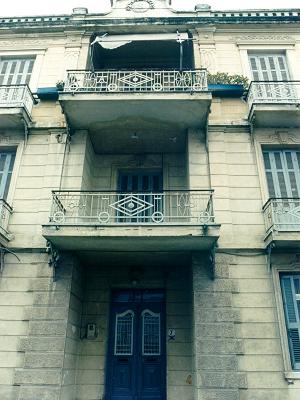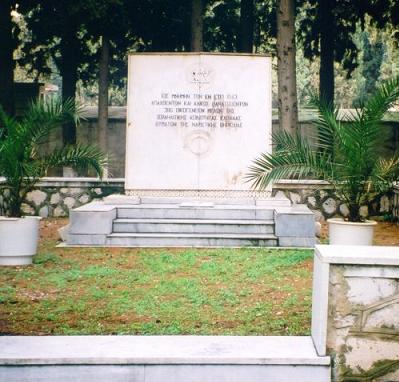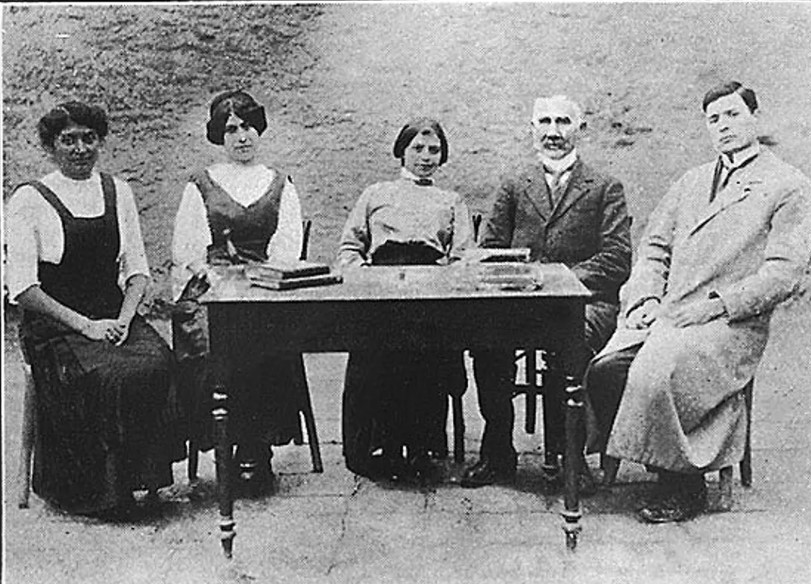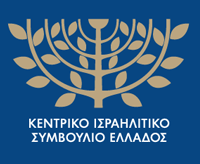THE JEWISH COMMUNITY OF KABALAS
HISTORICALLY

 When the Turks left Hungary in 1526, they took many Jews with them as prisoners. These Hungarian Jews were among the first residents of the newer city of Kavala. The later arrival of Spanish-speaking Sephardim Jews from Thessaloniki and other cities of the Ottoman Empire quickly absorbed the German-speaking Ashkenazim Jews. In the census of 1569, 23 Jewish families, 113 Muslim and 46 Christian families were counted.
When the Turks left Hungary in 1526, they took many Jews with them as prisoners. These Hungarian Jews were among the first residents of the newer city of Kavala. The later arrival of Spanish-speaking Sephardim Jews from Thessaloniki and other cities of the Ottoman Empire quickly absorbed the German-speaking Ashkenazim Jews. In the census of 1569, 23 Jewish families, 113 Muslim and 46 Christian families were counted.
The development of Kavala, in the second half of the 19th century, turned it into an important tobacco-producing and tobacco-trading center, at which time many Jews from other Romanian communities in Greece settled there, seeking better fortune.
In 1885, it became possible to build a Synagogue, while at the beginning of the 20th century, the Jewish Community of Kavala exceeded 2000 souls.
 Under the supervision of the Alliance Israelite Universelle, a Jewish primary school and kindergarten operated. These schools provided a high level of education and were attended not only by the children of the Jews but also by the Muslims and Christians of the city. The composition of the Jewish community included, on the one hand, wealthy townspeople, tobacco merchants and scientists, and on the other, poor tobacco workers and artisans.
Under the supervision of the Alliance Israelite Universelle, a Jewish primary school and kindergarten operated. These schools provided a high level of education and were attended not only by the children of the Jews but also by the Muslims and Christians of the city. The composition of the Jewish community included, on the one hand, wealthy townspeople, tobacco merchants and scientists, and on the other, poor tobacco workers and artisans.
GERMAN OCCUPATION AND HOLOCAUST
During the Second World War, Eastern Macedonia and Thrace were under Bulgarian Occupation. The Cavalier Jews refused any cooperation with the Bulgarians, even though they were asked to, and because of this they suffered persecution and were led, finally, to the great sacrifice, in the Holocaust. Some forward-thinking people had managed to flee to Athens, while several Cavalier Jews went to the mountain as rebels participating in Resistance Organizations.
 On March 3, 1943, the Bulgarians rounded up the Jews in tobacco warehouses and transported them to Drama. From there they were transported by rail to the Danube. Many drowned in the river when some of the barges in which they were loaded overturned. The rest were taken to the camp and the crematoria of Treblinka. The Jewish community of Kavala "counted" the loss of 1.500 people.
On March 3, 1943, the Bulgarians rounded up the Jews in tobacco warehouses and transported them to Drama. From there they were transported by rail to the Danube. Many drowned in the river when some of the barges in which they were loaded overturned. The rest were taken to the camp and the crematoria of Treblinka. The Jewish community of Kavala "counted" the loss of 1.500 people.
POST-WAR
The few who survived the destruction tried, in 1945, to reconstitute the Jewish community. But in vain. The old Synagogue had been destroyed by the Bulgarians and so the upstairs room of a community-owned house on Pavlou Mela Street was used as a place of prayer. The community was officially dissolved in 1980. A few years ago, with the demolition of this prayer hall, the epilogue of the Jewry of Kavala was written. On Kolokotroni Street, there is the mansion of Sabetai Tsimino, a descendant of a rich tobacco merchant family, who was saved from the conquerors because he had been arrested with some other Jews and taken as a captive laborer to Bulgaria. Until his death in 2003, Sabetai Cimino, the last member of the Jewish community of Kavala, alone took care of the forgotten graves of the Jewish cemetery and the Holocaust Memorial that dominates its site. This Monument was placed in 1954 by the Israeli Community in the Jewish cemetery.
Holocaust Memorial. In June 2015, by decision of the Municipal Council and a donation from the Kavaliot Jew Victor Venousiou, a Holocaust Memorial was erected in Kavala in memory of the Kavaliot Jews, victims of the Nazis and their collaborators. The Monument is located on Erythrou Stavrou Street, where there were the tobacco warehouses where the Jews were kept before their displacement.
In 2019, the book of Cavalier Jew Joseph A. Mevorach was published, entitled "The Jews in the Mecca of Tobacco" (published by Gavrielidis 2019, Dianoia 2021).

